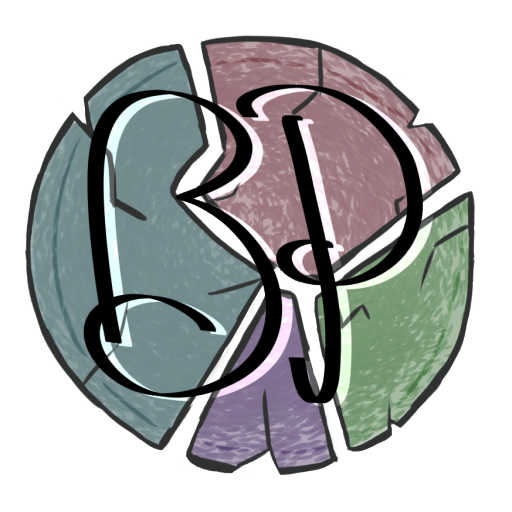Here at The Broken Plate, one of our core ideas is that of the fragility of the human condition, but in the ability to put those pieces back together into beauty and art. In my personal reading, a book that many friends were highly recommending to me was Marieke Nijkamp’s This Is Where It Ends because of its emotional impact. After having finished this book, I understand its appeal and see remnants of the ideology of The Broken Plate in the story.
Before continuing, a warning that this book contains a lot of very potentially triggering content—the biggest warnings that need to be given are of gun violence, sexual assault, and suicide. That being said, the vulnerability in addressing these topics is part of what makes it so emotionally raw and compelling of a story to read. Also, if you haven’t read the book but would like to, I will be giving away some minor spoilers. This Is Where It Ends is a novel detailing the events of a school shooting, told from four perspectives over the course of only 54 minutes. The shooter is a young man enrolled at the school whose name is Tyler (though he usually is addressed as Ty). The four different perspectives we see this novel told through are of his sister Autumn, Autumn’s girlfriend Sylv, Sylv’s twin brother Tomas, and Ty’s ex-girlfriend Claire. Through these lenses we see people who know Ty well and have personal experiences and relationships with him, and this is part of what makes the content so emotionally raw. Autumn struggles with her relationship with her brother because he is unaccepting of her relationship with Sylv, and Sylv and Tomas are resentful towards Ty because of the way that he treats her. Claire, on the other hand, knew Ty within the confines of their relationship as someone who was caring and compassionate, and therefore struggles to come to terms with the fact that he is capable of the harm and violence that is taking place. Through all of these relationships and interactions we see a varying emotional spectrum coming from a diverse cast of characters.
While the content that The Broken Plate publishes is certainly not all as graphic as this, I also see in this novel much of the merit that we look for in our submissions. This fragmentation of individual human experiences and emotional vulnerability is part of the brokenness that we highlight—however, just as important to this is the idea of bringing those broken pieces back together into something beautiful. Throughout this novel we see various different representations of both romantic and platonic love, of connection through humanity and grief, of a oneness that comes from shared experience. Despite the tragedy that the characters in this novel live through, they are able to come out stronger on the other side and rebuild afterwards. This perseverance, this strength and resiliency are part of what we highlight in the pieces we publish in an effort to exemplify how people from different backgrounds and walks of life can come together through their life experiences and create a stronger community from it.

